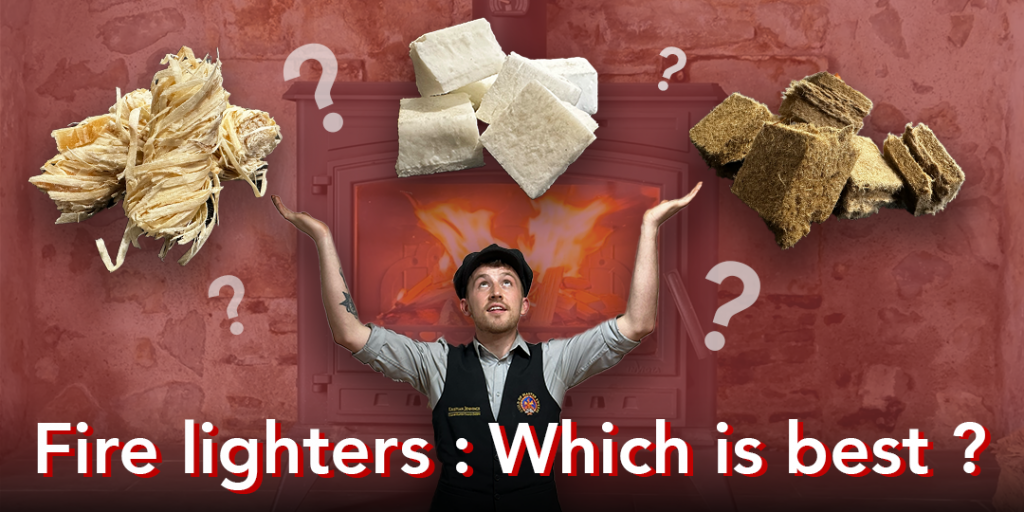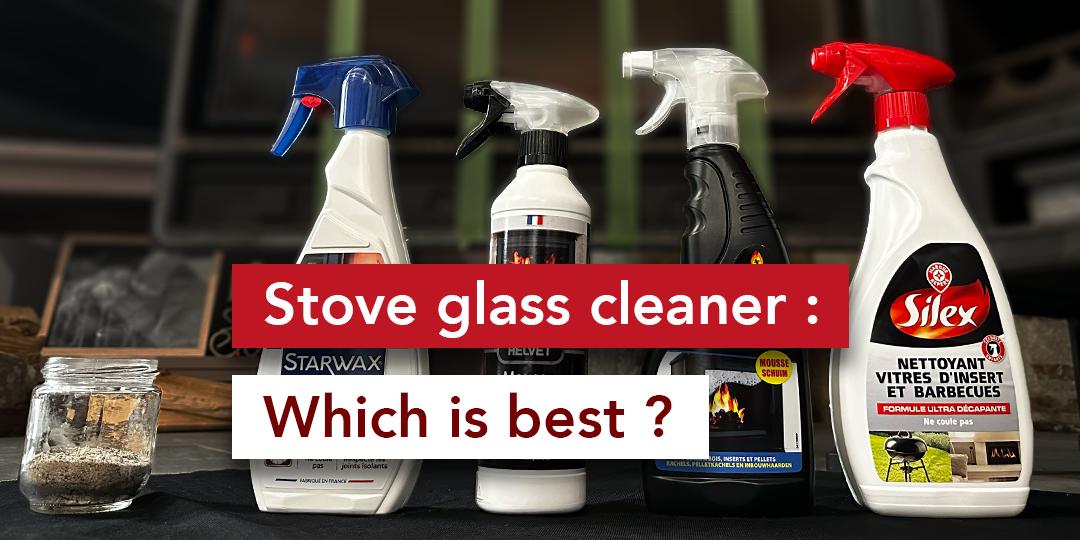You could make an argument that lighting a fire was the very first thing we ever did as humans as we stepped from Neanderthal to Homo-Sapien. Since then and since lighting fires millions upon millions of times, we have refined the way we strike our flints somewhat. In the era of the modern woodburner, the way we choose to light our fires is more important than ever and the fuel you choose to use can make all the difference.
For this experiment we wanted to find out which firelighter type on the market was the most effective. We decided to pit against each other 3 of the most common firelighters used: Paraffin cubes, Wood and Oil (Bio) cubes and Wax nests. We wanted to see which firelighter would get our woodburner’s flue gas temperature up to 125°C the fastest, the temperature at which wood gasses remain in their gaseous state rather than cooling and condensing as creosote or tar.
To set up our tests we began by selecting similar shaped, size and thickness firewood, collections of kindling and amounts of firelighters; as the wax nests were roughly twice as big as the paraffin and bio cubes, we decided that 6 cubes a piece but only 3 wax nests would be a fair battle. Each fire was to be set up in the same ‘top down’ Scandinavian burning method with the outside ambient weather conditions being as similar as possible.
Please bear in mind the setbacks of this quick test: Human error is of course prevalent in any test where humans are present and can lead to a multitude of variables. Speaking of variables, although we did our best to select similar firewood and kindling amounts, no wood has the exact same size, shape and density and thus it is impossible to make sure that the amount of fuel in the stove was exactly the same. The amount of firelighter, particularly in relation to the wax nests being ‘roughly’ twice the size of the cubes is of course not an exact science and finally, we did not conduct hundreds and hundreds of tests of each type of fire but instead, just one of each. Still, we have been as careful as we could to be as precise as possible.
First up was the Paraffin firelighters. The firewood, kindling and 6 firelighters were placed, lit and the door left on the latch with the air vents fully open to supply as much oxygen to the fire as possible. At exactly 9 minutes and 16 seconds, the stovepipe thermometer needle passes the 125°C line and thus the proverbial finish line.
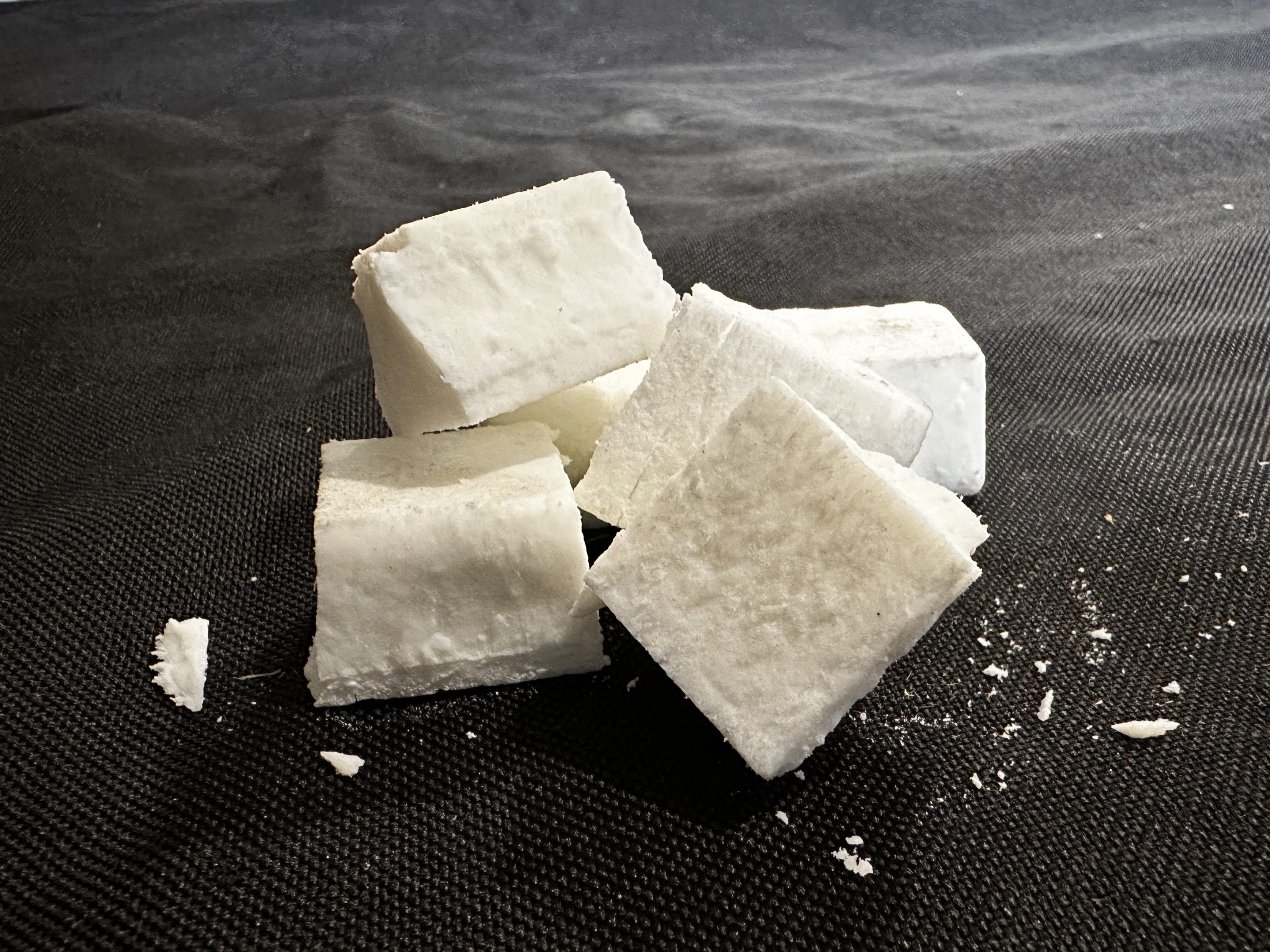
Second was the Bio cube firelighters. Similar to before, the fire was set, lit and the vents opened with the door left on the latch. Suppling sufficient oxygen to the fire is a necessity for combustion as it is only by reacting with said oxygen, that the wood gasses can combust. 10 minutes and 48 seconds after lighting the first firelighter and the bio cubes managed to raise the flue gas temperature over the 125°C line
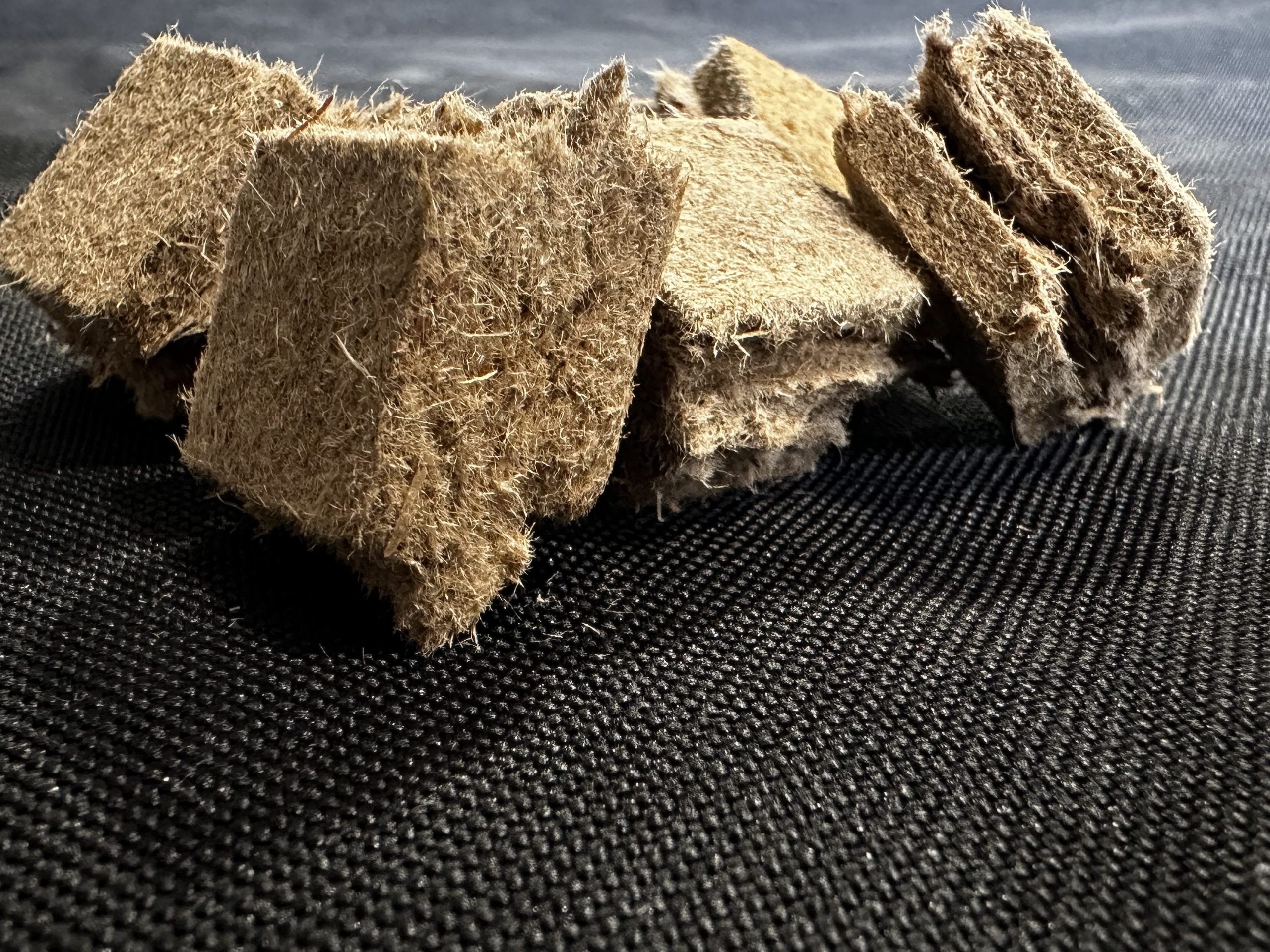
Finally, we come to the wax nests. Although the firewood and kindling formation was set identically, there was a question of how to set the nest firelighters in the same, fair, way given that there was 3 of them opposed to the smaller 6 cubes of the bio and parrafin firelighters. We decided to set them at the meeting point between firelighter cubes 1-2, 3-4 and 5-6 to give the most similar heat output area. Despite a slightly slower start, 9 minutes and 4 seconds was all it took for the wax nests to reach the 125°C mark crowing them as the best firelighter on the market.
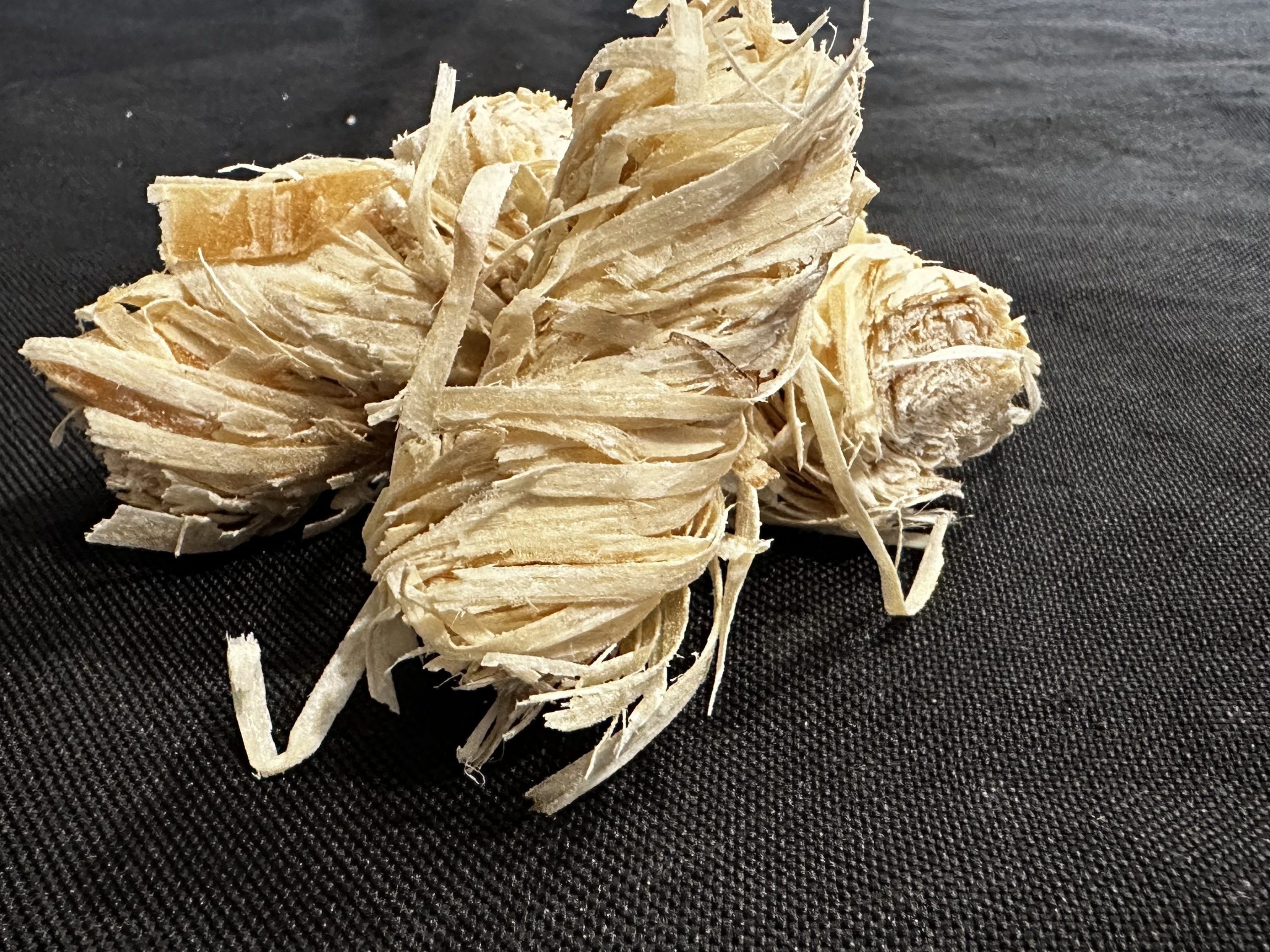
In reality, the advantage of using one firelighter over the other is not going to drastically change the way your fire performs but from the results of this little experiment, we would suggest to go with the wax nests over its two competitors based on performance alone. Price is of course always a factor worth considering when deciding on your firelighters. You can expect to pay somewhere around the 30 cent mark for 6 bio cubes, 40 cents for the paraffin counterparts and usually around 50-60 cents per 3 wax nests. I personally use these wax nests which when buying in a bulk pack of 200 units work out to cost 34 cents per 3 wax nests, a fraction more than the cheaper bio cube firelighters with the performance of the best firelighter according to the quick experiment above.


